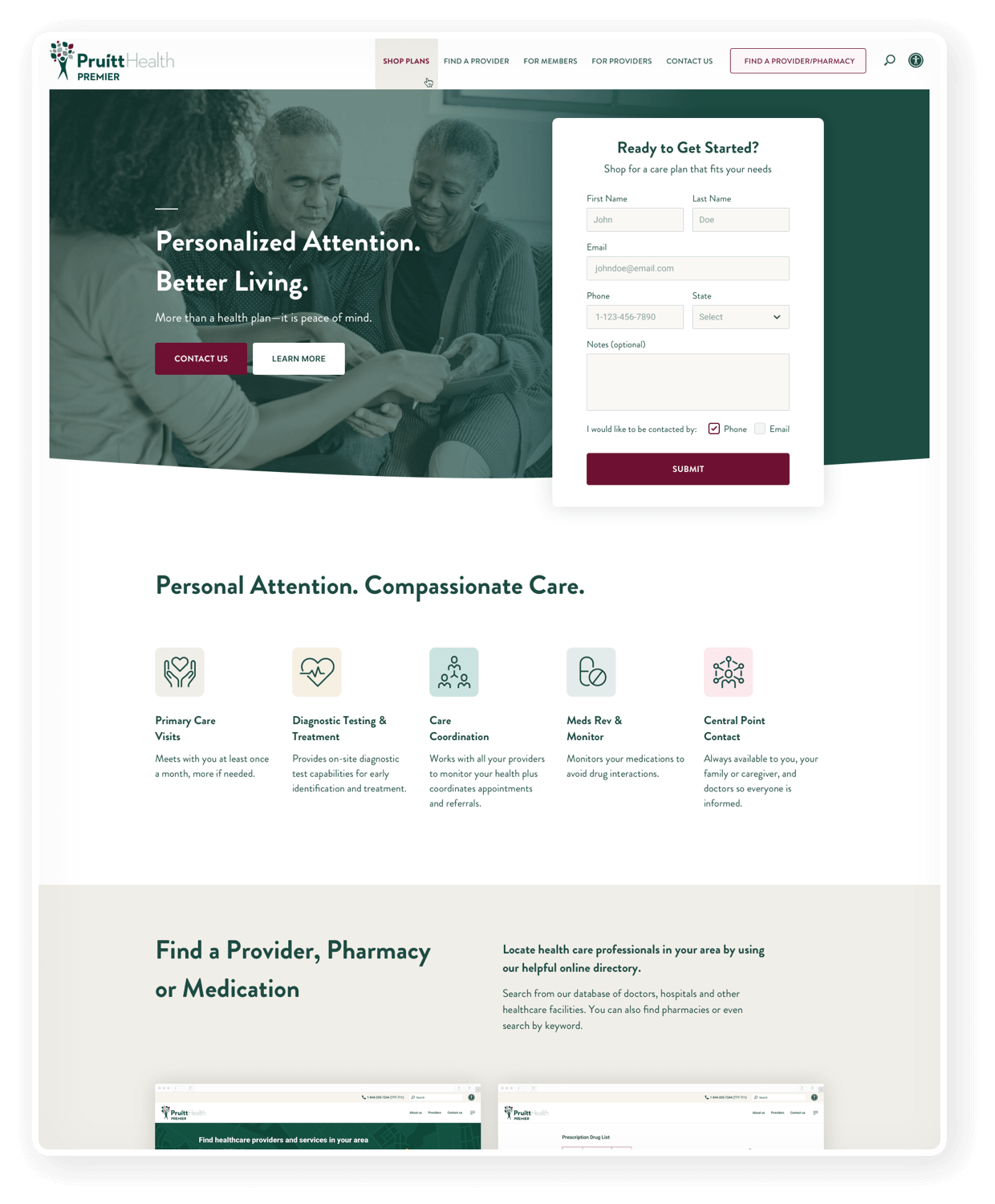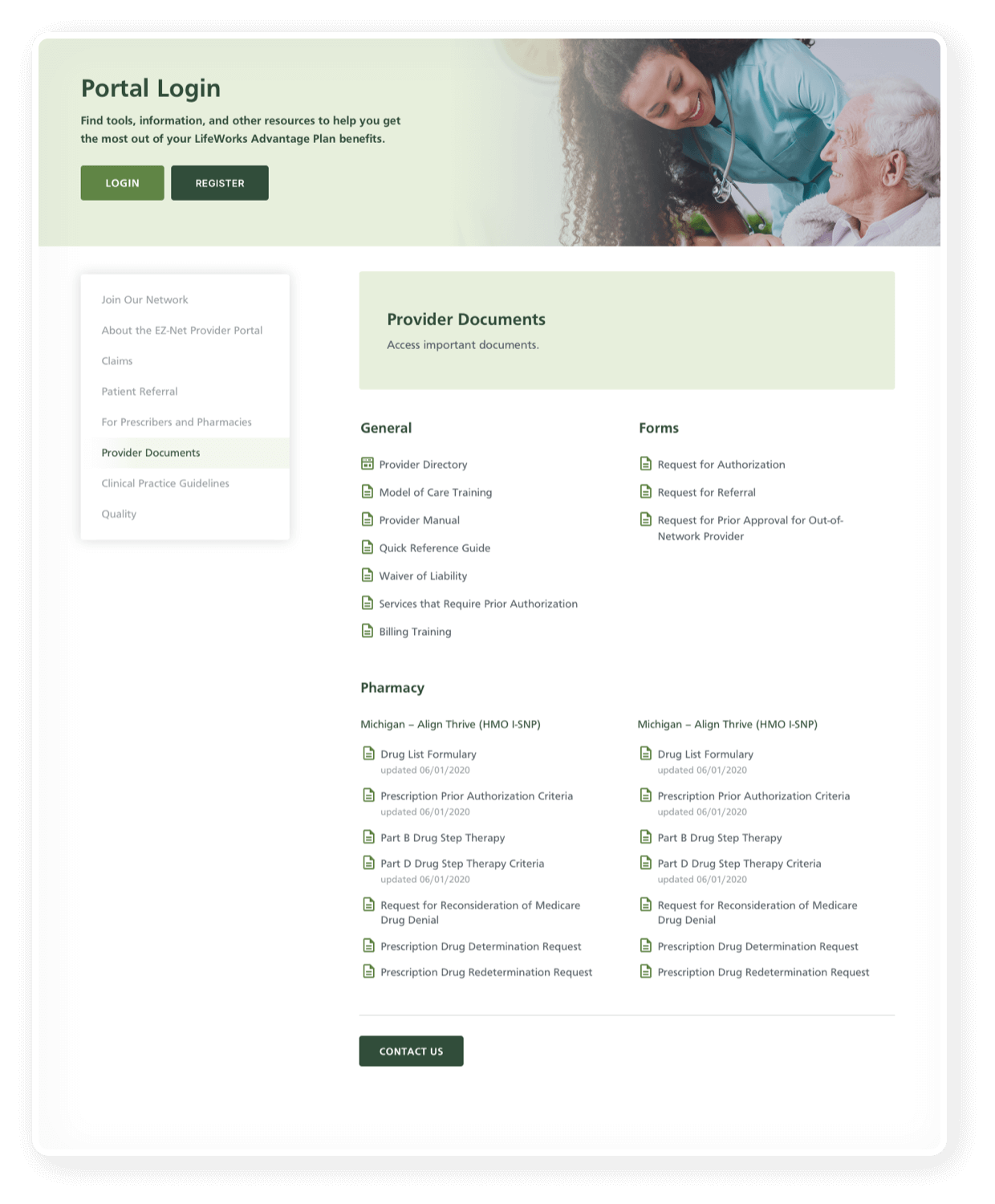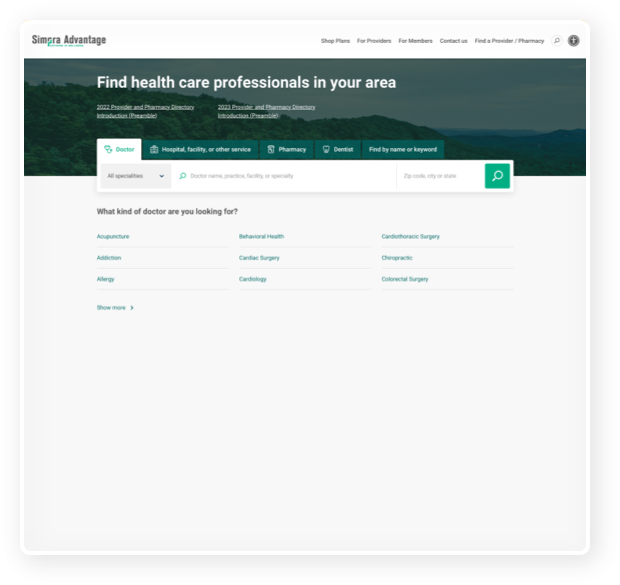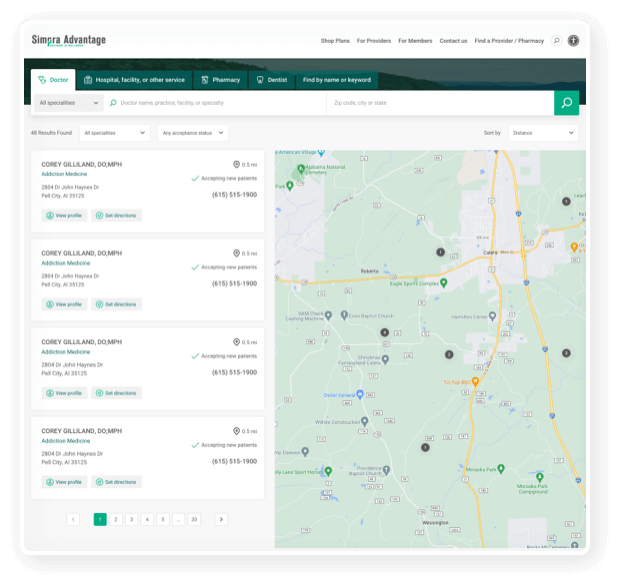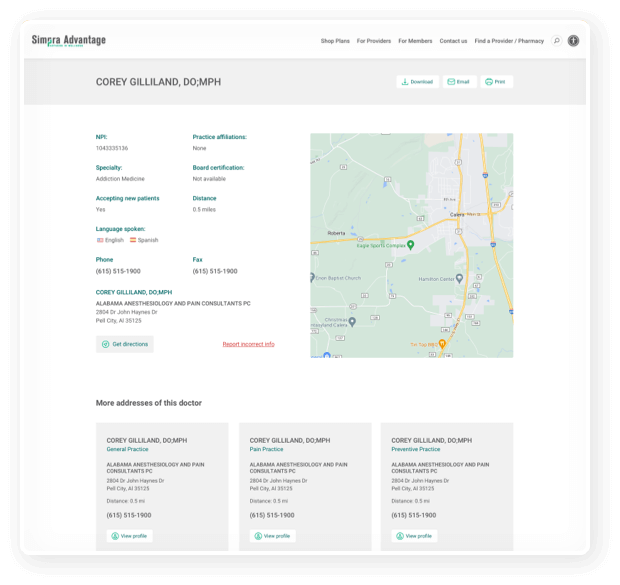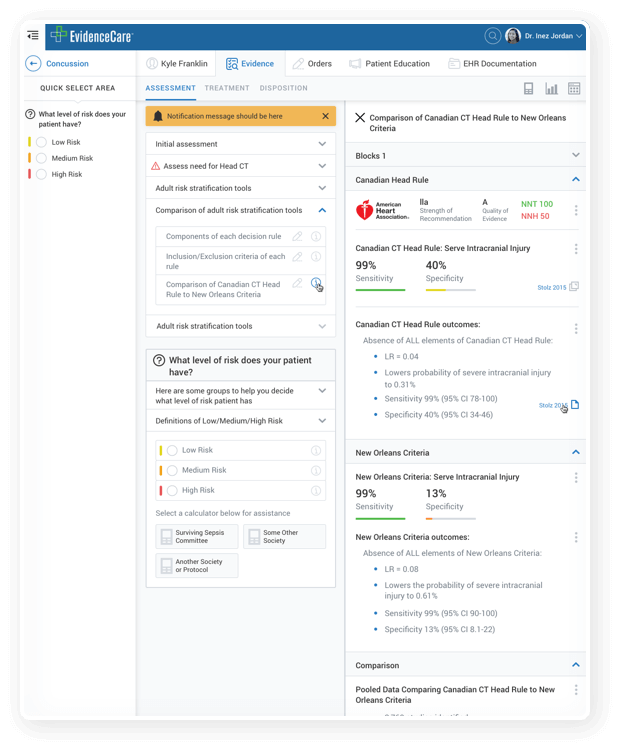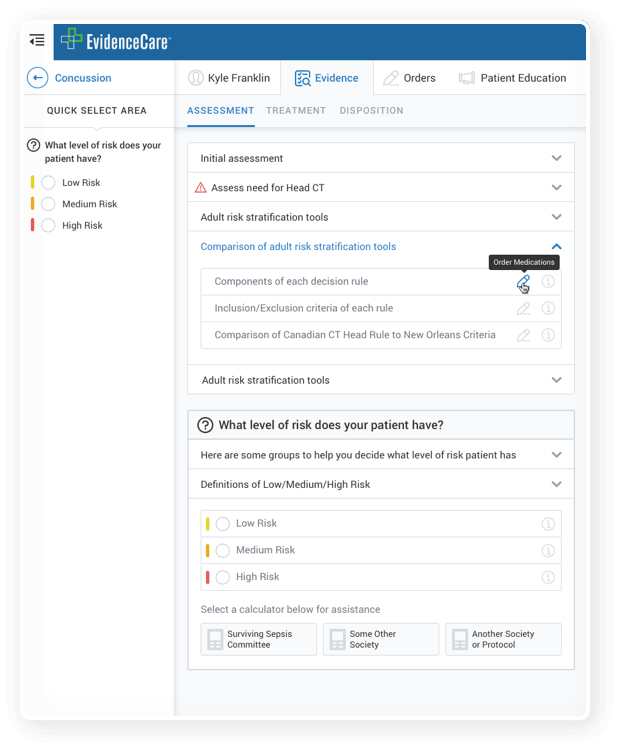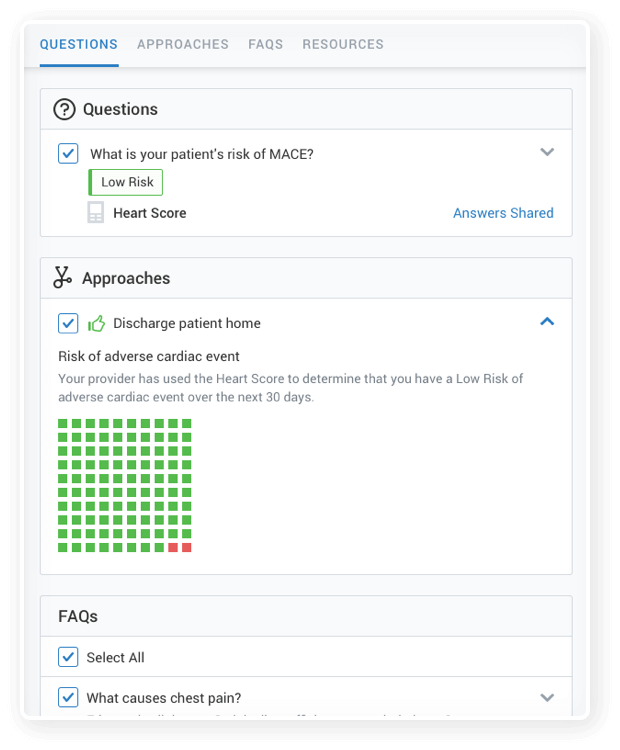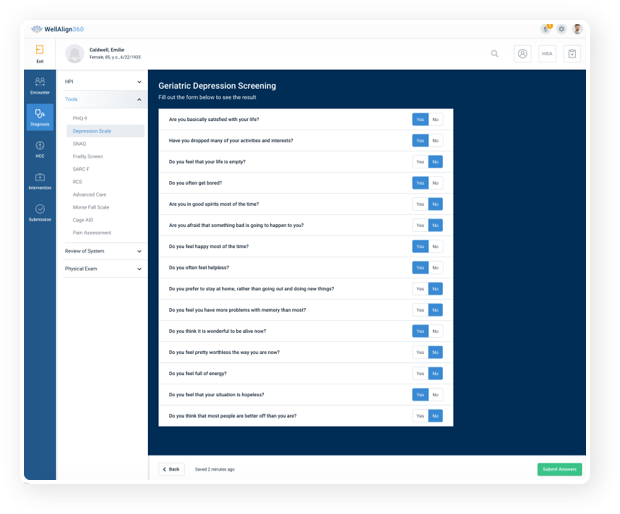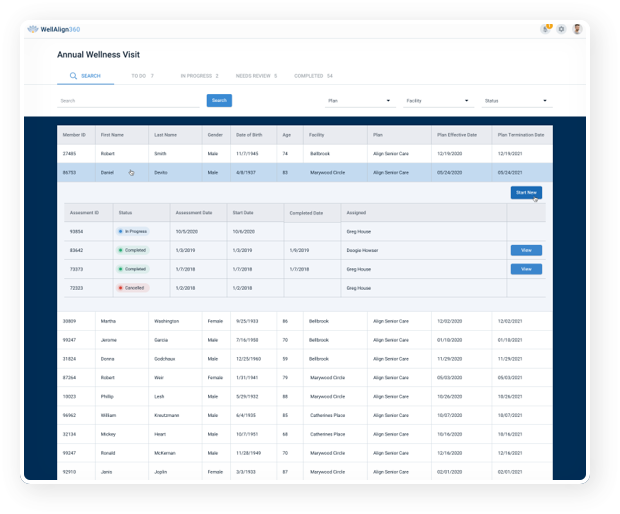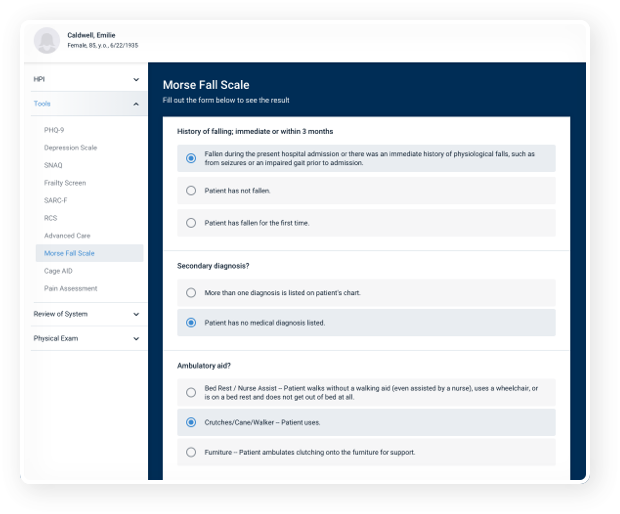UX/UI Design for Healthcare
Logic cadence
tap into a team with ux/ui design expertise and take your product to the next level.
START THE CONVERSATION

Kevin Robinson,
Founder / Chief Creative Officer
01
HEALTH PLAN WEBSITE DESIGN AND DEVELOPMENT
“The design and user experience has been nothing short of amazing. Not only did Logic Cadence modernize the frontend—but the backend tools are so helpful.”

Kierstin Kibler
Marketing Director, AllyAlign Health
When developing a user interface and user experience for health plan websites, our approach takes into account the users’ needs and preferences. Considerations including easy navigation, clear language and concise information about benefits, coverage and healthcare providers are all important.
We incorporate interactive and easy to use tools like comparison charts, cost estimators and symptom checkers to increase user engagement and satisfaction.
Our team also refines the user experience through testing and ongoing feedback for optimal user satisfaction.
02
PROVIDER DIRECTORIES AND FORMULARY LOOKUP DESIGN
As health plans evolve, it’s critical that consumers can easily and quickly find information about formulary options and which prescriptions will be covered under their plan, especially during open enrollment.
When considering UX/UI for a healthcare formulary website, we prioritize easy navigation, clear language and concise information about prescription drug coverage costs. Search filters and sorting options are tools to allow users to quickly find needed information.
To enhance the user’s decision-making experience, we work with health plans to provide detailed information on drug interactions, side effects and alternative treatments.
Additional considerations to enhance user experience and engagement include regular updates to the site and clear communication about formulary changes to build user trust and satisfaction, in addition to ongoing user testing for engagement and satisfaction.
03
DIGITAL PRODUCT DESIGN
“They knocked it out of the park. Usability, design…they handled it all. They have been phenomenal to work with.”

Brian Fengler
Founder, EvidenceCare
When implementing UX design into healthcare products, we consider the users’ unique needs, preferences and pain points. We work closely with the client to understand the core need they’re solving for and the intended use before getting started on design and development. This allows us to understand the end goals and uses and work with that in mind.
We incorporate user-friendly features, such as easy navigation, intuitive interfaces and clear language to enhance the user experience.
We incorporate user testing and feedback to refine the product design for optimal user engagement and satisfaction. Additionally, we consider accessibility and privacy regulations to ensure inclusivity and security for users.
04
MEDICAL DEVICE INTERFACE DESIGN
When it comes to developing a user-friendly experience for medical devices, users can vary greatly depending on the device. From elderly patients who need large fonts, easy navigation and clear messaging to medical professionals who require detailed reporting.
We begin with the end user in mind when developing a user experience or user interface for medical devices. Considering the needs and limitations of users, such as those with disabilities or varying cognitive abilities, ensures inclusivity and accessibility.
Clear and intuitive interfaces, helpful feedback and
user-friendly features such as voice activation and touchscreens can enhance the overall user experience.
We also ensure clients comply with regulatory requirements and industry standards for safety and reliability of the medical devices and their interfaces.
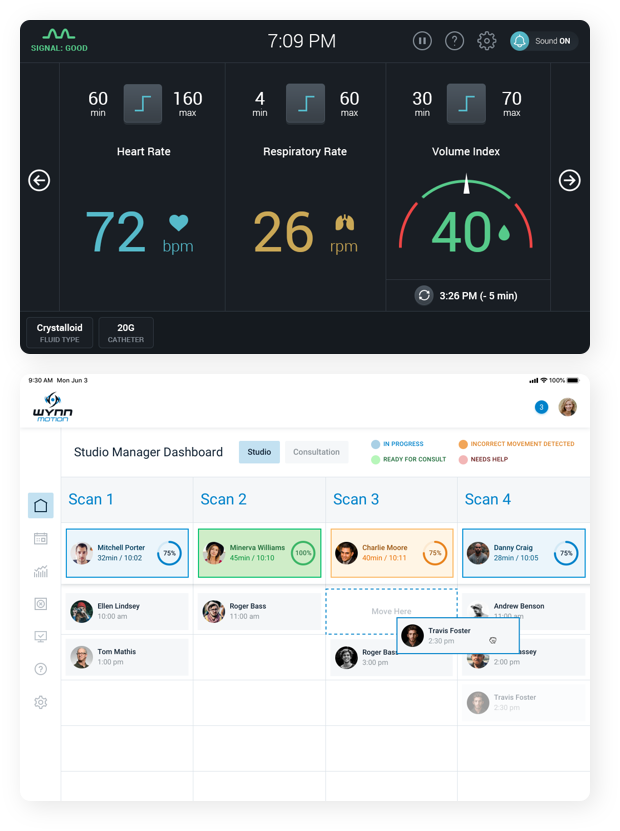
05
HEALTHCARE ASSESSMENT TOOLS
We’ve developed assessment tools for the healthcare industry and healthcare professionals, and in our experience, it’s critical to apply UX design best practices and prioritize the users’ needs and ease of use. Busy healthcare professionals need efficient processes to ensure they can maximize their time with patients instead of spending time understanding the tool, and potential or current patients need easy-to-use tools to ensure they remain engaged.
A clear and intuitive interface simplifies the process of selecting and completing assessments and helpful feedback can guide users through the assessment process. We also recommend incorporating features such as progress tracking and personalized recommendations to enhance user experience. Additionally, providing clear and concise information on the purpose and results of assessments can help users make informed decisions.

